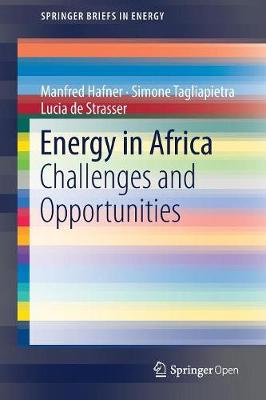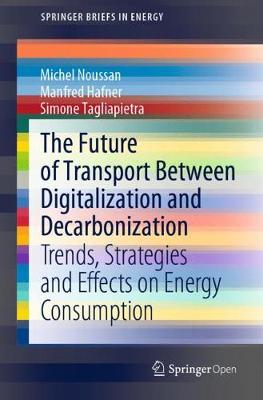SpringerBriefs in Energy
3 total works
Energy in Africa
by Manfred Hafner, Simone Tagliapietra, and Lucia de Strasser
This open access book presents a picture of the current energy challenges on the African continent (and the Sub-Saharan region in particular) and proposes pathways to an accelerated energy transition. Starting with an analysis of the status quo and the outlook for Africa’s energy demand and energy access, it provides an account of the available resources, including hydrocarbons and renewable energy resources, which are playing an increasingly crucial role. It then moves on to analyze the level of investment required to scale-up Africa’s energy systems, shedding light on the key barriers and elaborating on potential solutions. It also provides a suggestion for improving the effectiveness of EU–Africa cooperation. While mainly intended for policymakers and academics, this book also speaks to a broader audience interested in gaining an overview of the challenges and opportunities of the African energy sector today and in the future.
The Future of Transport Between Digitalization and Decarbonization
by Michel Noussan, Manfred Hafner, and Simone Tagliapietra
Energy systems are rapidly transitioning towards decarbonization, thanks in part to innovative digital technologies and changing mobility demands. This open access book examines the decarbonization and digitalization transformation in the transport sector, with a particular focus on energy consumption. By studying historical trends and outlining future scenarios, the authors illustrate the evolution of energy consumption in the transport sector, compare alternative decarbonization strategies, and analyze digitalization trends and their effects on energy consumption. The book addresses a broad readership of both academics and professionals working in the energy and transport industries, as well as readers interested in the ongoing debate over energy, mobility and climate change.
Renewables for Energy Access and Sustainable Development in East Africa
by Manfred Hafner, Simone Tagliapietra, Giacomo Falchetta, and Giovanni Occhiali
This short open access book investigates the role of renewable energy in East Africa to provide policy-relevant inputs for the achievement of a cost-effective electrification process in the region. For each country, the authors review the current situation in the domestic power sector, adopt a GIS-based approach to plot renewable energy resources potential, and review currently planned projects and projects under development, as well as the key domestic renewables regulations. Based on such information, least-cost 100% electrification scenarios by 2030 are then modelled and comparative results over the required capacity additions and investment are reported and discussed. The authors also inquire into some of the key technological, economic, policy, cooperation, and financing challenges to the development of a portfolio of renewables to promote energy access in a sustainable way, including a discussion of the challenges and opportunities that might stem from the interaction between local RE potential and natural gas resources currently under development in the region. To conclude, policy recommendations based on the book's results and targeted at international cooperation and development institutions, local policymakers, and private stakeholders in the region are elaborated.


